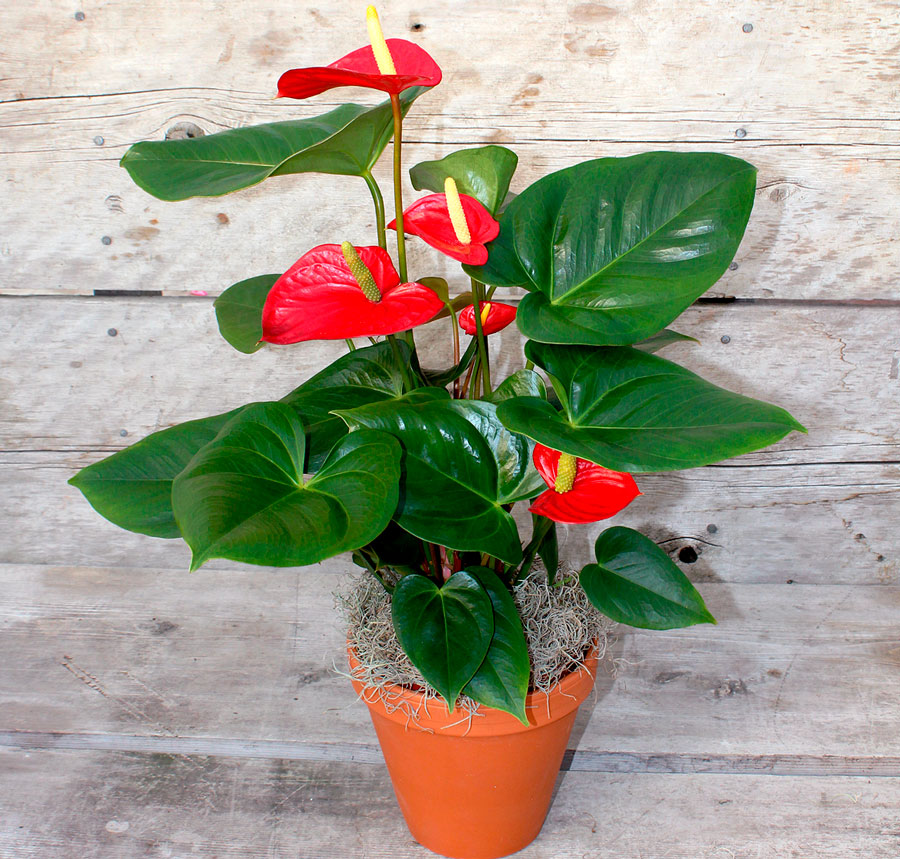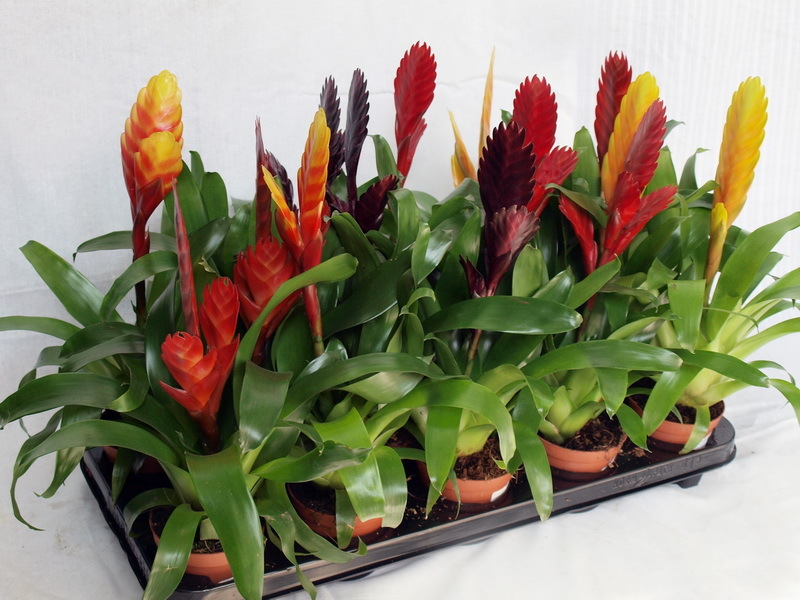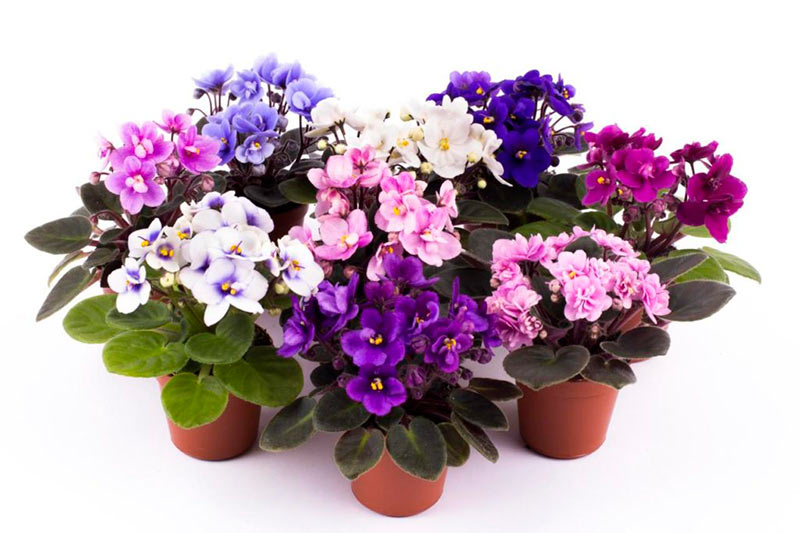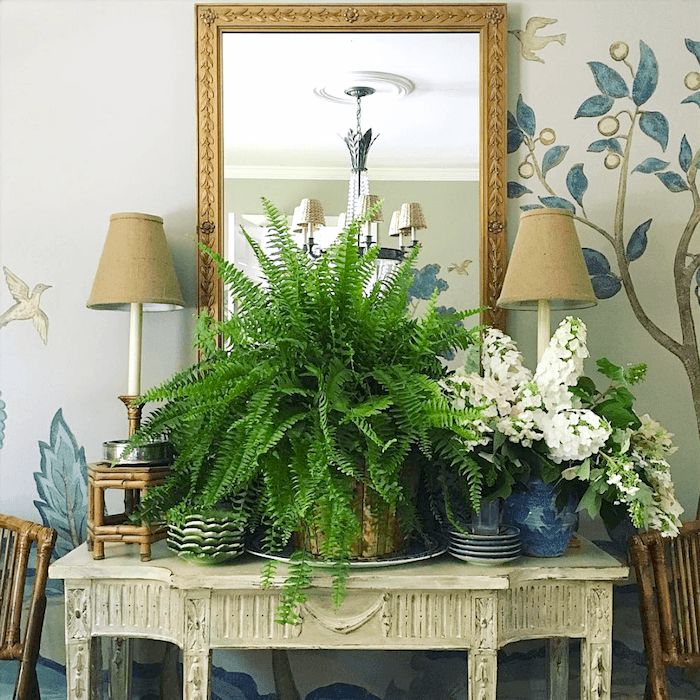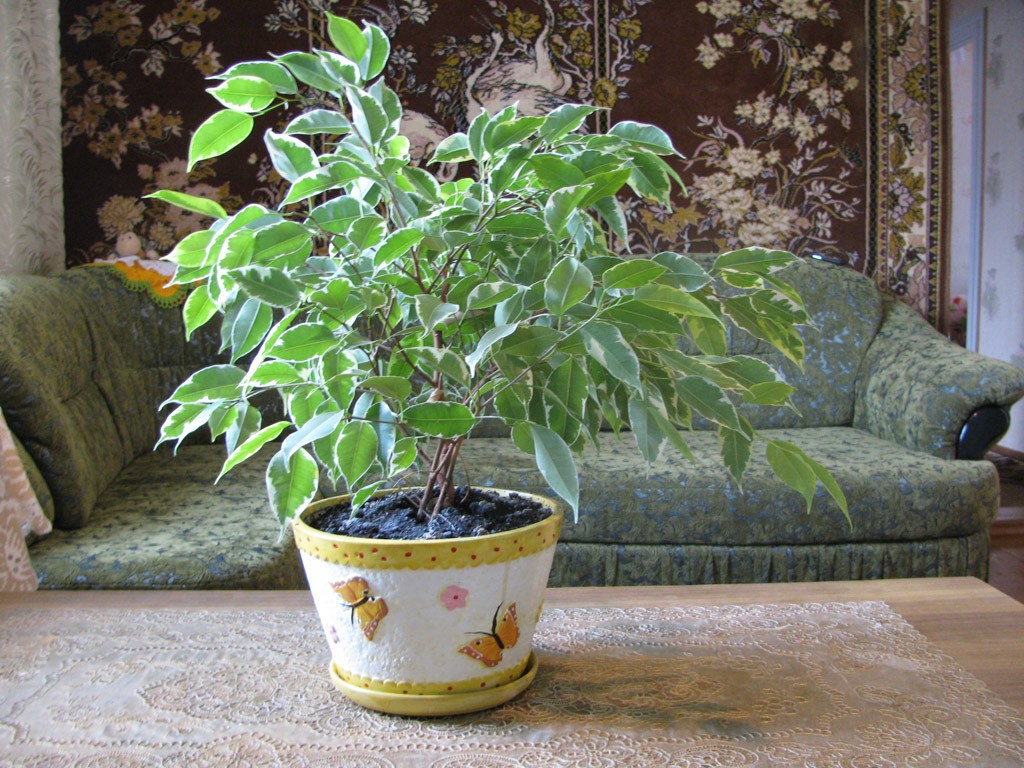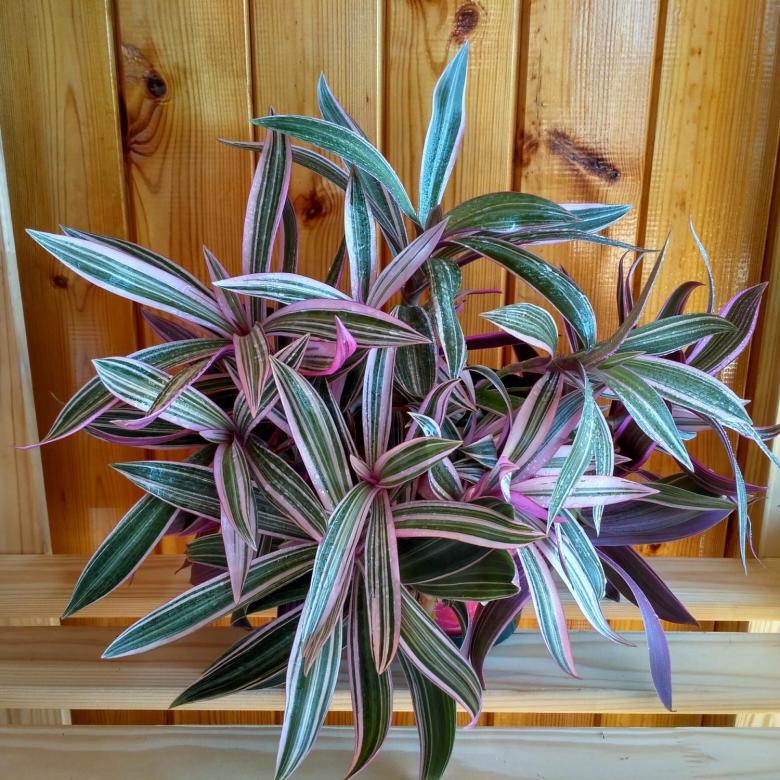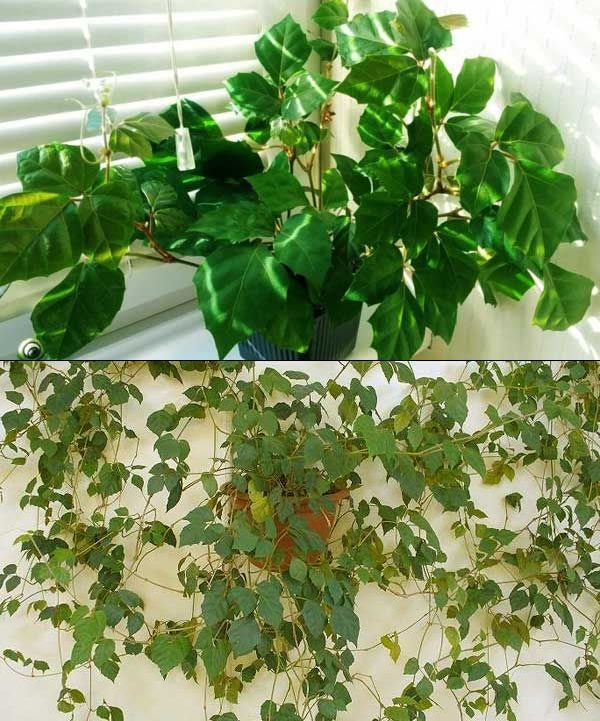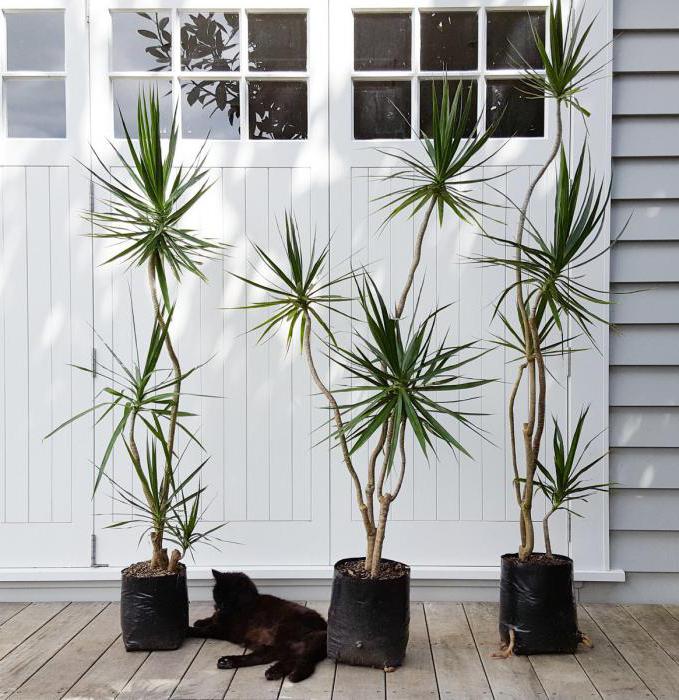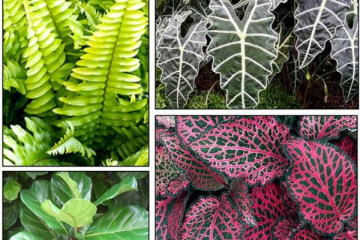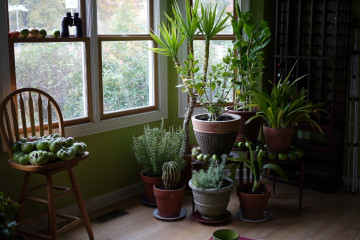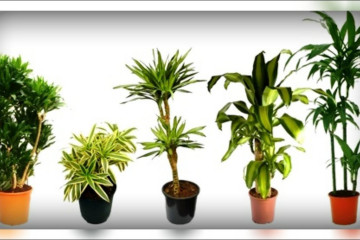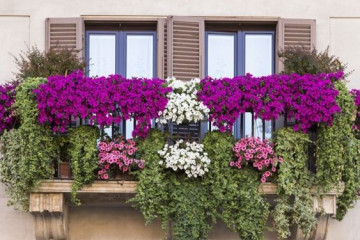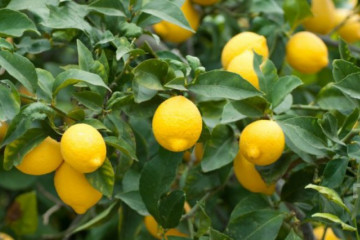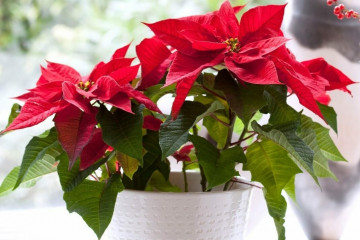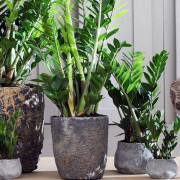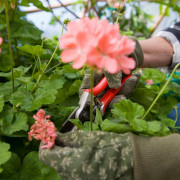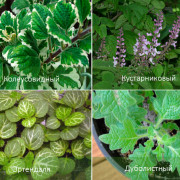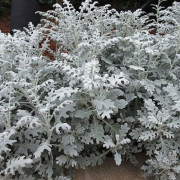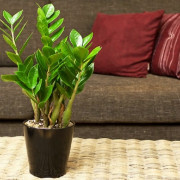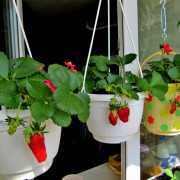Shade-loving indoor plants
Content:
They will decorate the interior of a house or cottage, brighten up life and bring new colors to life with indoor flowers. If the apartment does not differ in large dimensions and sufficient illumination, shade-loving indoor plants will help out. They are compact and large, discreet and bright, flowering and deciduous-decorative. Suitable even up to a darkened hall.
Shade-loving flowering houseplants with names
There is often a lack of light in urban housing. Therefore, shade-loving houseplants are very much appreciated. Sciophytes are among the flowers that love the shade in the apartment. They are afraid of the sun's rays, their other name is heliophobes.
Unusual crops develop in partial shade comfortably if the direct rays of the sun do not fall. The beauty will open up completely: the foliage is characterized by a fabulous decorativeness, for flowering - showiness and abundance.
The brightness of the light will not benefit the plants. Many shade-tolerant exotic species from the lower tiers of the tropics and subtropics have moved into houses. For them, it is preferable to place on the western and northern sides of the window sills, shaded areas of the room with diffused light. Allocate crops that do not bloom, or have unpretentious inflorescences, but decorative leaves of different colors. The difference from other plants is the colorfulness of the flowers: their luxury and grace. Everyone will need proper care and placement.
Not all shade-loving house flowers boast lush buds.
Although among them, stunning views are noted, which will make up a chic collection.
Anthurium
Good growth of exotic will be provided by partial shade, from spring to autumn, as well as diffused light in the autumn-winter period. The peak of decorativeness occurs in April and lasts until the beginning of autumn. The anthurium inflorescence is framed by a wax coating.
You will need periodic, but not excessive watering, maintaining a temperature of +15 ° C, humidifying the air.
Anthurium is called in another way male happiness. It is believed to increase potency and libido in men. An unpretentious culture is grown by many.
If feeds are not made regularly, only 1 flower will delight the hostess. Its flowering is accompanied by the appearance of a new bud.
Clivia
Needs good illumination, indirect rays of the sun. Hibernation is responsible for flowering annually. For rest, the flower pot is moved to cool and dark: the temperature is at least +12 ° C, watering is reduced and feeding is stopped. Moving, transplanting, waterlogging of the plant is prohibited.
Systematically wipe the sheets with a damp soft cloth. The appearance of bell-shaped flowers, which are distinguished by red, orange, yellow colors, is spectacular and bright.
Umbrella-shaped inflorescences that are located on a high stem will delight flower growers.
Vriezia
Represents the Bromeliad family. The plant is especially distinguished by a 70 cm inflorescence with rich bracts.The splendor of flowering will ensure temperature stability in the range of + 19 ... + 28 ° C and regularity of the outlet humidification.
Vriezia is a beautiful indoor flower with a bright arrow. Flower arrows have a long life. Demanding on increased air humidity and regular watering.
The plant is propagated by shoots (children). Florists consider the seed method ineffective.
Saintpaulia, or Usambara violet
Usambara violet (Saintpaulia) belongs to the most common flowering plants. The development and flowering in partial shade is influenced by humidity and temperature in the range of + 20 ... + 24 ° C.
The flower grows in its natural environment in Tanzania, in the Uzambara mountains. The violet was discovered at the end of the 19th century by Baron Walter von Saint-Paul, thanks to him the plant is known as Saintpaulia.
By the shape of the flower, violets are distinguished:
- simple;
- stars;
- bells;
- wasp.
According to the degree of doubleness, the flowers are non-double, semi-double, double.
The rosettes are distinguished by the diameter:
- semi-miniature (15-20 cm) and miniature (6-15 cm);
- large (over 40 cm) and standard (20-40 cm).
Shade-loving indoor plants for the hallway
The main advantages of decorative deciduous crops include the expressive color of the foliage. Flowers are small and unattractive.
Sansevieria
The characteristic features of the culture are strict lines. Among gardeners, the plant is called a pike tail, mother-in-law's tongue.
Available - varietal variety with different color variations in the color of leathery leaves. In partial shade, the polarity of the color spots is highlighted. If the conditions are favorable during flowering, elongated candles of white and yellow inflorescences are thrown out by the sansevieria.
For undemanding and shade tolerance, the plant is comparable to chlorophytum. The plasticity of the mother-in-law of the tongue is manifested in the ability to live in the bright sun and in deep shade. Breeders got spotted, or variegated, varieties. However, in the shade, the saturation of the variegated pattern fades.
Ferns
The variety of shade-loving indoor flowers allows you to choose suitable options for the office and home conditions. Ideal for the hallway is a fern that does not bloom, but enlivens the interior with color saturation. Grows well if there is a shady location, soil and air are moist.
Fat woman (money tree)
The plant does not develop well in the shade. The fat woman feels comfortable in low light. No need for intensive watering.
The money tree, like all succulents, likes light: diffused and soft rays of the sun. It is preferable to place the culture on the eastern windowsill. In the summer season, it will not hurt to move the fat woman to a shady corner, so as not to harm the delicate leaves of the money tree.
Ficus
Do not expose the delicate plant to direct sunlight. Like all plants, it helps purify and oxygenate the air.
Ficus prefers a lighted, ventilated space. The temperature regime in the summer is at most + 25 ... + 30 ° С, in the winter season it is + 15 ... + 20 ° С.
Watering is carried out as needed with heated water. The culture of drafts and temperature extremes is afraid. Ficus does not tolerate excess water, which can ruin it.
Inconsistency is characteristic of the attitude to ficus among different peoples. Some believe that ficus is beneficial to the home. Others talk about its harm to humans. In ancient times, the Slavs believed that the flower was the cause of quarrels.
Now the attitude towards ficus has changed. Reviews about the flower are positive, it is considered a family flower, a charm of the hearth.
Helps to set up relationships. The flower absorbs formaldehyde, which is produced by plastic and can be found in excess in many apartments.
The compact plant is ideal for the interior of the room.
Sheflera
It is a branched bush with flexible shoots. The plant tolerates shade well, but prefers sunlight for several hours of fleshy patterned leaves. To improve branching, pinch the ends of the branches. Care features include:
- support of temperature conditions: + 12 ... + 20 ° С;
- the frequency of foliar spraying.
Adherence to agrotechnical techniques guarantees the transformation of the chefler into a powerful home tree. Bred compact and large species.
Curly shade-loving indoor plants
Often the walls are decorated and voluminous compositions are created using curly plants and vines.
Philodendron climbing
He doesn't like direct sunlight and strong shading. It is best to place in a diffused bright light or in a semi-shaded place. Moisturize poorly in winter, actively and generously in summer.
Tradescantia
In the presence of the species diversity of the ampelous plant, which is distinguished by the colors of the leaf plates. Violet or green lanceolate foliage with silvery or pale green stripes, sometimes pubescent.
Indirect bright illumination or partial shade helps to preserve decorativeness.
A resident of the American continent is rarely seen in public places. She's unjustly forgotten. Among the advantages of a herbaceous perennial, absolute simplicity is considered. The main thing is the abundance of moisture.
The plant looks elegant in a planter. It is used not only as an ampelous, but also as a ground cover crop.
Cissus
Just right to decorate the volumetric plane. Numerous varieties allow you to fantasize and experiment - the sheets are small and large, delicate and leathery, dissected and whole. Cissus grows rapidly and decorates the room.
Features of shade-loving plants
The decorative properties of shade-tolerant indoor plants are fully manifested if:
- flowers are in partial shade or shade for half the day;
- development is not suppressed by the intensity of illumination: growth does not slow down, the color of leaf plates does not fade;
- sunlight does not cause leaf burns;
- the soil and air are sufficiently moistened;
- adhere to the temperature regime;
- shade-loving plants are rarely transplanted.
A variety of shade-loving cultures allow you to create stylish flower arrangements that will decorate the premises.
Dracaena: light-loving or shade-tolerant
The tree-like culture is characterized by a contrasting coloration of narrow elongated leaf plates. The variety determines the height of the dracaena - from 0.7 to 3 m. To maintain decorative qualities, sufficient, but not super-bright, illumination plus moderate moisture will be required.
Ficus: light-loving or shade-loving plant
A culture that belongs to the Mulberry family, popular with flower growers, is bred with small or large foliage.Species with dark green leaves develop well in partial shade, variegated ones like the sun. They are light-loving and heat-loving, they like high humidity. Drafts and overcooled soil are dangerous for ficus.
Violets: light-loving or shade-loving
The flower is in need of an abundance of light, but it does not tolerate direct sunlight - burn spots are formed on the plates, the color is pale, and there is no flowering. Fit for violets, location in light partial shade or diffused light.
A shade-tolerant plant is afraid of the heat of the sun, it feels great in summer 3-4 m from the window. In winter, with a short daylight hours, it is advisable to move the Saintpaulia closer to sunlight. Culture is prized for the richness of its color palette. Dried flowers are immediately cut off, the temperature is maintained at least + 15 ° C.
Kalanchoe: light-loving or shade-loving
Housewives who prefer flowering crops, but forget about watering them, will definitely choose Kalanchoe. The plant can do without water for a month, but this will negatively affect flowering.
For a flower, warm days in summer are preferable. It is exposed on the southern windowsill, slightly shaded.
Indoor flowers that love shade and are undemanding to care for will fit into the interior of any home. The design provides for their location in the back of the room and the creation of green spots in the apartment. They will give you a sense of peace and relaxation and put up with limited sunshine all year round. Which plants to choose depends only on the preferences of the hostess.

